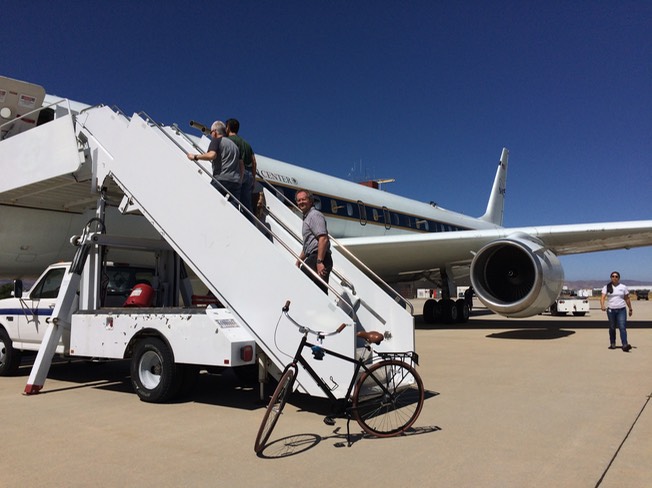ATom-1 Overview
ATom-1: 29 July - 23 August 2016 Completed
Integration of most instruments was completed in early July 2016, with test flights beginning in mid July, 2016.
A number of articles were written about the project during Phase 1 of ATom. Those articles include:
Nomadic Scientists: From Desert to Arctic and Beyond
After a brief trip down to 5oN and up to 78oN, the NASA DC8 aircraft successfully flew down the Pacific basin, across the southern ocean, and back up the Atlantic (via the Greenalnd Ice sheet) to land back in California.
Flights were (YYYYMMDD, Departure, Arrival)
20160729: RF01 Palmdale, CA - Palmdale, CA
20160801: RF02 Palmdale, CA - Anchorage, AK
20160803: RF03 Anchorage, AK - Kona, Hawaii
20160806: RF04 Kona, Hawaii - Pago Pago, American Samoa
20160808: RF05 Pago Pago, American Samoa - Christchurch, New Zealand
20160812: RF06 Christchurch, New Zealand - Punta Arenas, Chile
20160815: RF07 Punta Arenas, Chile - Ascension Island
20160817: RF08 Ascension Island - Lajes, Azore Islands
20160820: RF09 Lajes, Azore Islands - Kangerlusuuaq, Greenland
20160822: RF10 Kangerlusuuaq, Greenland - Minneapolis, MN
20160823: RF11 Minneapolis, MN - Palmdale, CA
During ATom-1, some of the scientists (including me!) wrote blog posts describing the day-to-day activities. Links to my posts are on the ATom Field Blog page.
NASA also produced some excellent videos to descibe our mission using some of my sketchy attempts at videography as well as their own footage from the Palmdale-Palmdale flight. Links to these videos are on the ATom Videos page.
Updates from the field were made on Twitter by various people (search for #NASA_ATom or just click here for a full overview: #NASA_ATom.
ATom1 data has been released to the public and can be found on the NASA ESPO archive.
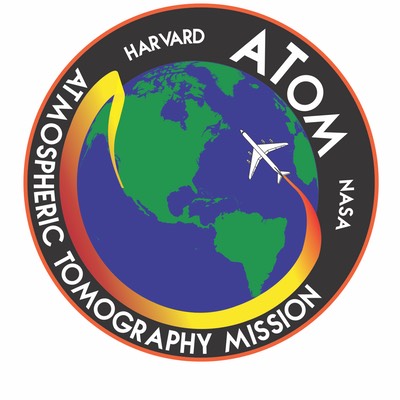
ATom-1 Blog Entries
The NASA Earth Observatory ‘Notes from the Field” Blog published our blog submissions during ATom-1. You can see a full list of the posts at the following link:
http://earthobservatory.nasa.gov/blogs/fromthefield/category/atom-2016/
I posted shorter updates to the @Atom_Harvard twitter feed as well as my own @rose_Atmos account with the tag #NASA_ATom and #EarthExpedition
Blog Posts
August 2, 2016: Departing for Cooler Climates

August 19, 2016: Going back in Time
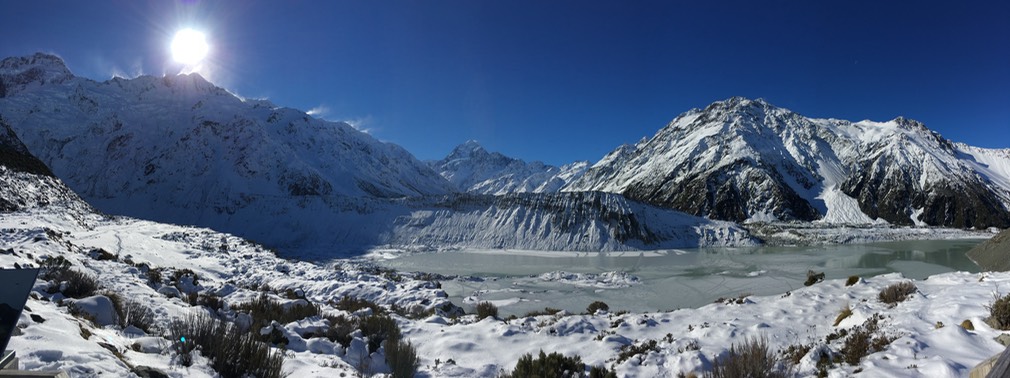
August 26, 2016: Is there any such thing as remote clean air?
August 29, 2016: Challenging Back Half
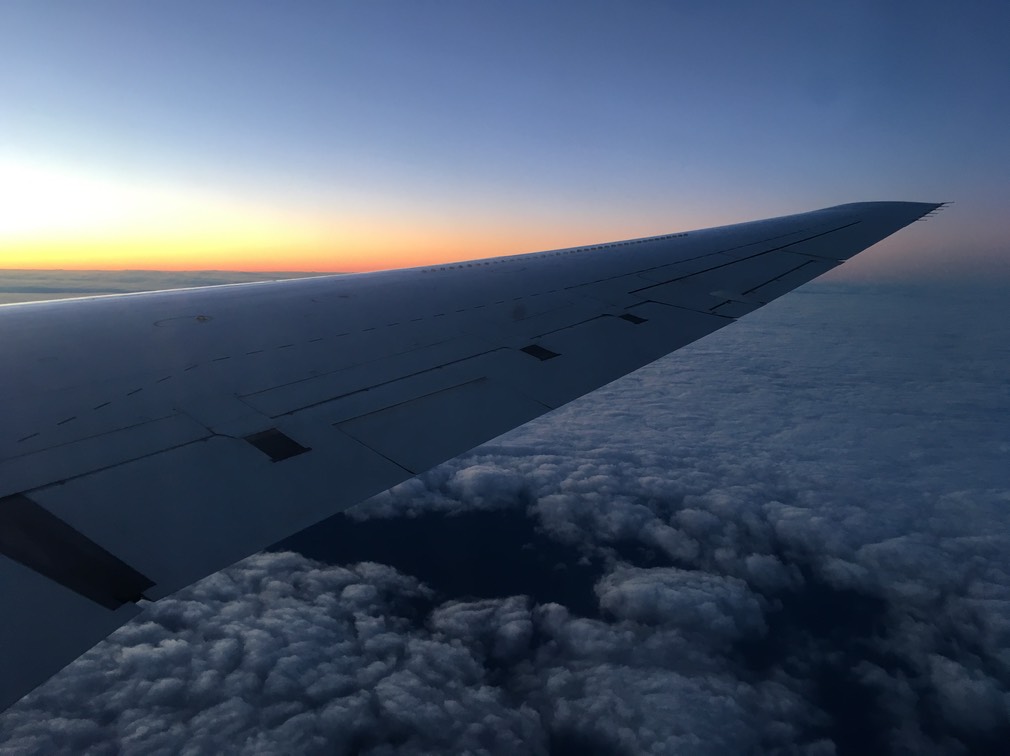
August 30, 2016: Lessons learned
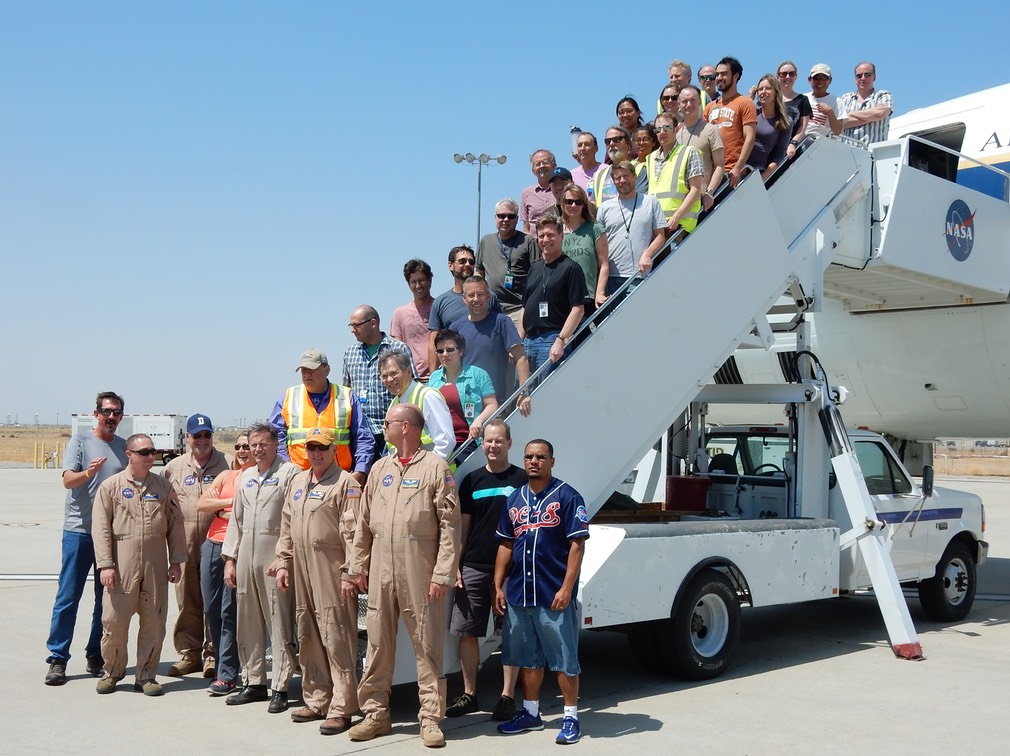

ATom-1 Videos
NASA produced various videos of ATom-1, from both their own footage and my badly taken footage. The Postcards from the field describe the flights and the instrument updates describe some of the measurements.
These were also posted to the @Atom_Harvard twitter feed as well as my own @rose_Atmos account with the tag #NASA_ATom and #EarthExpedition
Postcards from the Field, where I’ve mainly been the videographer, with the occasional speaker role:
ATom Postcard #1: Anchorage to Kona
ATom Postcard # 2: American Samoa to Christchurch
ATom Postcard #3: Punta Arenas, Chile to Ascension
ATom Postcard #4: Azores to Greenland to home
Instrument Descriptions
NASA Earth also posted a number of videos on the instrumentation used on ATom to Facebook:
ATom measures Greenhouse Gases
Other Videos
NASA Earth Expeditions Episode 5 (last 4 mins-ish is about ATom)

ATom-1 Test Flight #1
TEST FLIGHT #1
The first test flight of the NASA ATom project is currently underway! With lots of training of new operators going on, I am on the ground watching the feed from the aircraft.
The DC-8 aircraft was moved ouside of the hanger at Armstrong Flight Research Center at 7 am this morning. The seering desert heat caused some instruments to overheat during the three hours before take off. But the aircraft cooled down rapidly as it went up in altitude and all were sampling within the first hour.
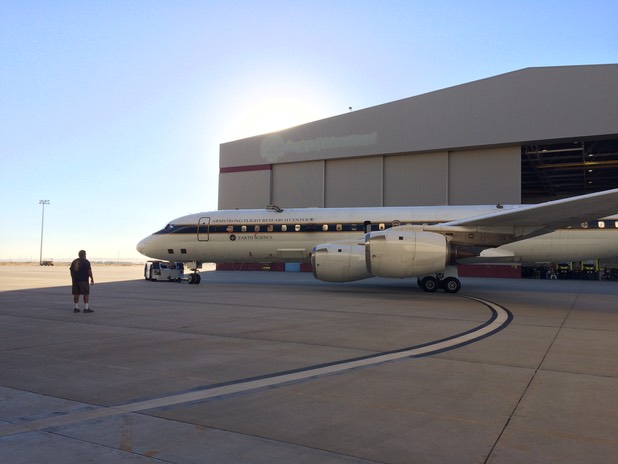
I am anxiously awaiting the return of the aircraft just to see how everything went. Then I have to analyse all the data and submit it to the archive within 24 hours. Having all the data submitted by then will help the lead scientists to ensure all the instruments are working as expected and that the science questions can be addressed.
On another note, these stylish bikes are the favoured way for the DC-8 crew to get around the huge hangers.
